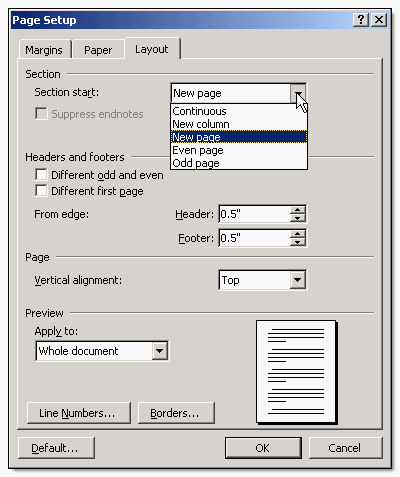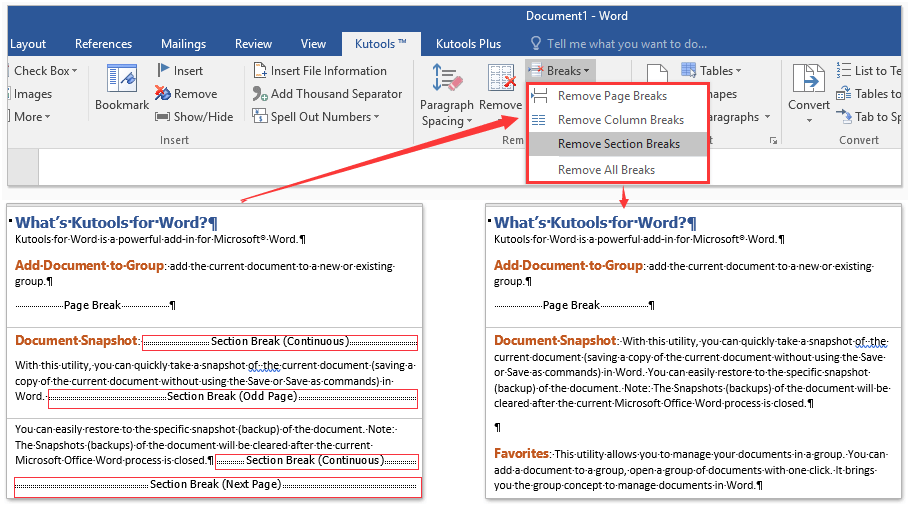

Word again displays the Go To tab of the Find and Replace dialog box.

If the Find and Replace dialog box doesn't go away on its own (it will in some versions of Word), press Esc.Type 10 into the Enter a Page Number box and then press Enter.The Pages option should be selected, by default, at the left of the dialog box. Word displays the Go To tab of the Find and Replace dialog box. That being said, there is a relatively easy way to delete pages 10 to 15. Page designations are very fluid, depending on all sorts of variables such as the amount of text in a document, what formatting is applied, and which printer driver is being used. The reason is because Word technically knows nothing about pages. You may wonder if there is a way to delete that range with a single action. This sometimes causes a blank page to appear at the end of a document, depending on where the last line of your content ended.Suppose you have a document of 50 pages and you want to delete pages 10 to 15. If you’ve ever wondered why there’s a blank page at the end of your Word document that won’t go away, that’s because the word processor includes an end paragraph that can’t be deleted. All that’s left to do now is press the Backspace key (or Delete on Mac). Select “Go To.”Īll of the content on your current page will be selected. Now, type \page in the “Enter Page Number” text box.

You’ll now be in the “Go To” tab of the “ Find & Replace” window. Next, press Ctrl + G on Windows, or Option + Command + G on Mac. You can see the page number of the page you’re on by looking in the bottom-left corner of the window. The first thing you’ll want to do is tap anywhere on the page that you want to delete. If you don’t want to manually click and highlight the page’s text, you can use the built-in Find and Replace tool. The absolutely quickest way to get rid of a content page in Word is to select the content on that page and press the Backspace key (Delete on Mac).


 0 kommentar(er)
0 kommentar(er)
